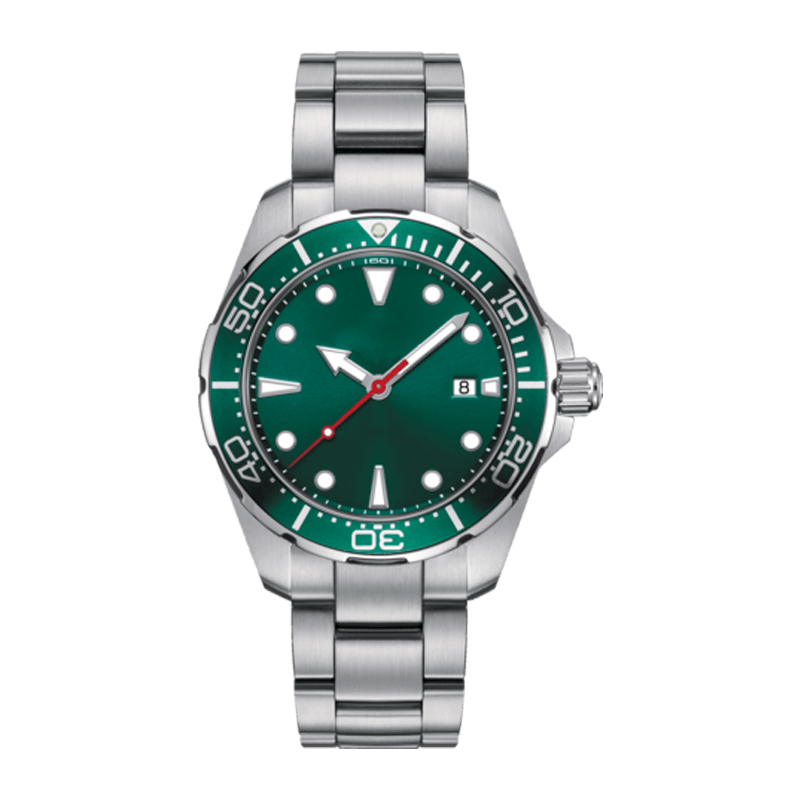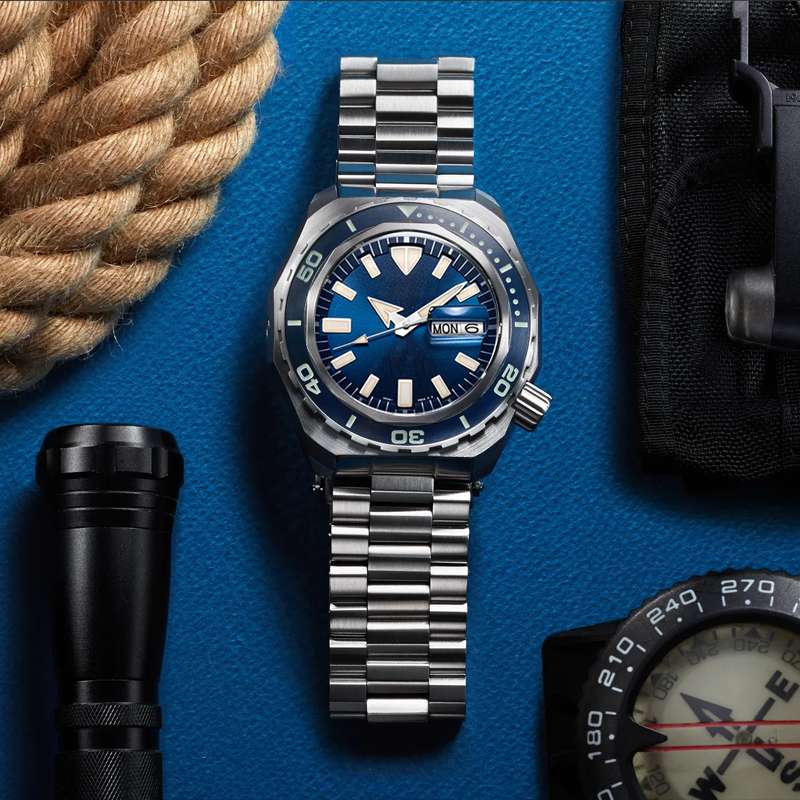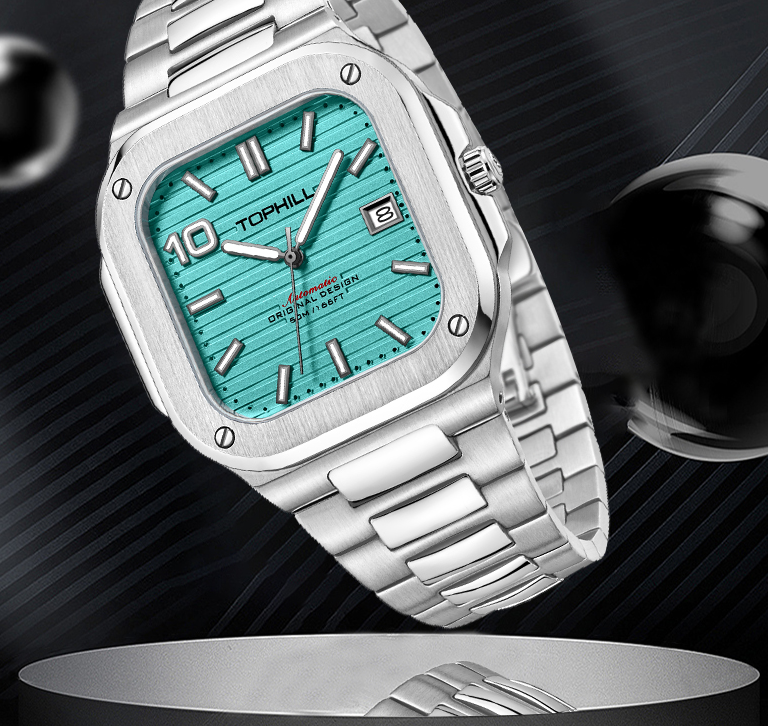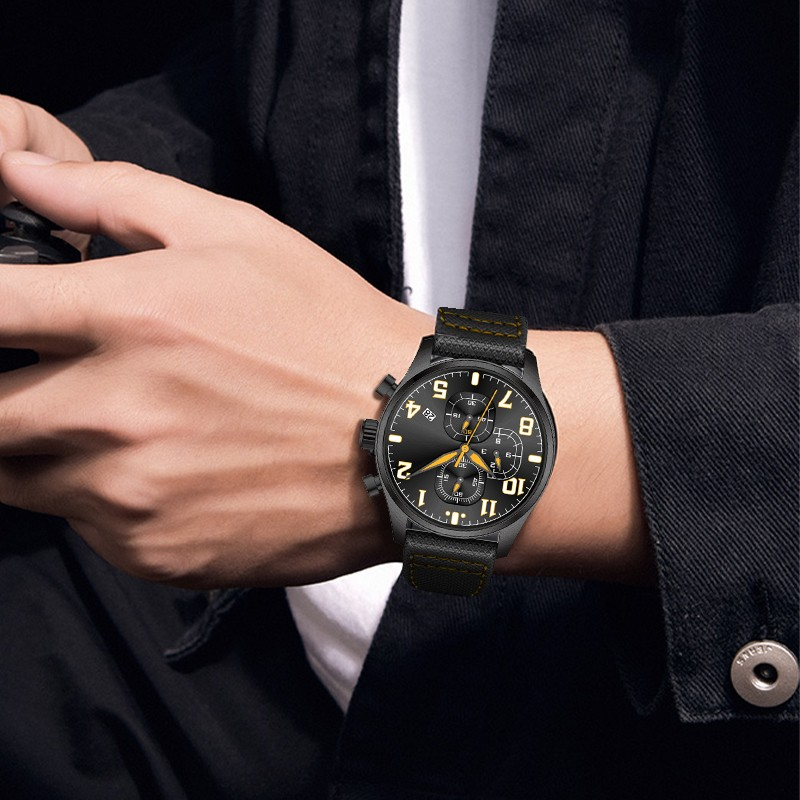Watches are not just timekeeping devices; they have become a reflection of one's personal style and taste. The art of watch design encompasses various elements that come together to create a timepiece that is visually appealing, functional, and durable. In this article, we will delve into the key components of watch design and understand how they contribute to the overall aesthetics and functionality.
The watch case serves as the foundation of its design, providing structure and protection for the internal mechanisms. The choice of materials, such as stainless steel, titanium, or precious metals like gold or platinum, influences the overall look and feel of the watch. A well-designed case should not only be visually appealing but also durable enough to withstand daily wear and tear.
The dial is the face of the watch and plays a crucial role in readability. A well-designed dial should have clear markings and indices that are easy to read at a glance. The design elements of the dial, including the choice of font, color, and texture, contribute to the overall aesthetic appeal of the watch. Whether it's a classic white dial or a modern black dial, the design should align with the watch's intended style and target audience.
The hands and markers are essential components for indicating the time accurately. Watch designers carefully choose the shape, length, and style of the hands to ensure readability and complement the overall design. Additionally, markers, such as numerals or indices, aid in quickly identifying specific time intervals, further enhancing the watch's functionality and ease of use.
The movement, also known as the caliber, refers to the internal mechanism that powers the watch. There are different types of movements, including mechanical, quartz, and automatic. Mechanical movements are often valued for their intricate craftsmanship, while quartz movements are lauded for their accuracy. The choice of movement depends on the watch's intended purpose and target audience.
The strap or bracelet is not only a functional component but also a design feature that complements the overall aesthetic of the watch. From leather straps to metal bracelets, the choice of materials and style should align with the watch's design philosophy. Comfort and durability are also vital considerations when selecting a suitable strap or bracelet.Some watches go beyond basic timekeeping and offer additional features and complications. These can include chronographs, moon phase displays, tourbillons, or even smartwatch capabilities. Careful consideration should be given to integrating these features harmoniously into the overall design without compromising the watch's functionality or aesthetics.
Watch design is a culmination of various elements that harmoniously blend together to create a masterpiece that not only tells time but also makes a fashion statement. From the case materials and dial design to the movement and strap, each component plays a crucial role in defining the watch's overall appeal and functionality. The key to successful watch design lies in the seamless integration of these elements, resulting in a timepiece that is both visually captivating and reliable.
In conclusion, when considering a watch purchase, take a closer look at the key elements of its design to ensure it aligns with your personal style, functionality requirements, and budget.
Tags:
 Tired of Leakage Issues? Can a Professio
Tired of Leakage Issues? Can a Professio
 What Are the 5 Key Features to Inspect B
What Are the 5 Key Features to Inspect B
 How to Clean Stainless Steel Bands: A De
How to Clean Stainless Steel Bands: A De
 How Does a Seiko Stainless Steel Watch C
How Does a Seiko Stainless Steel Watch C
Super Time